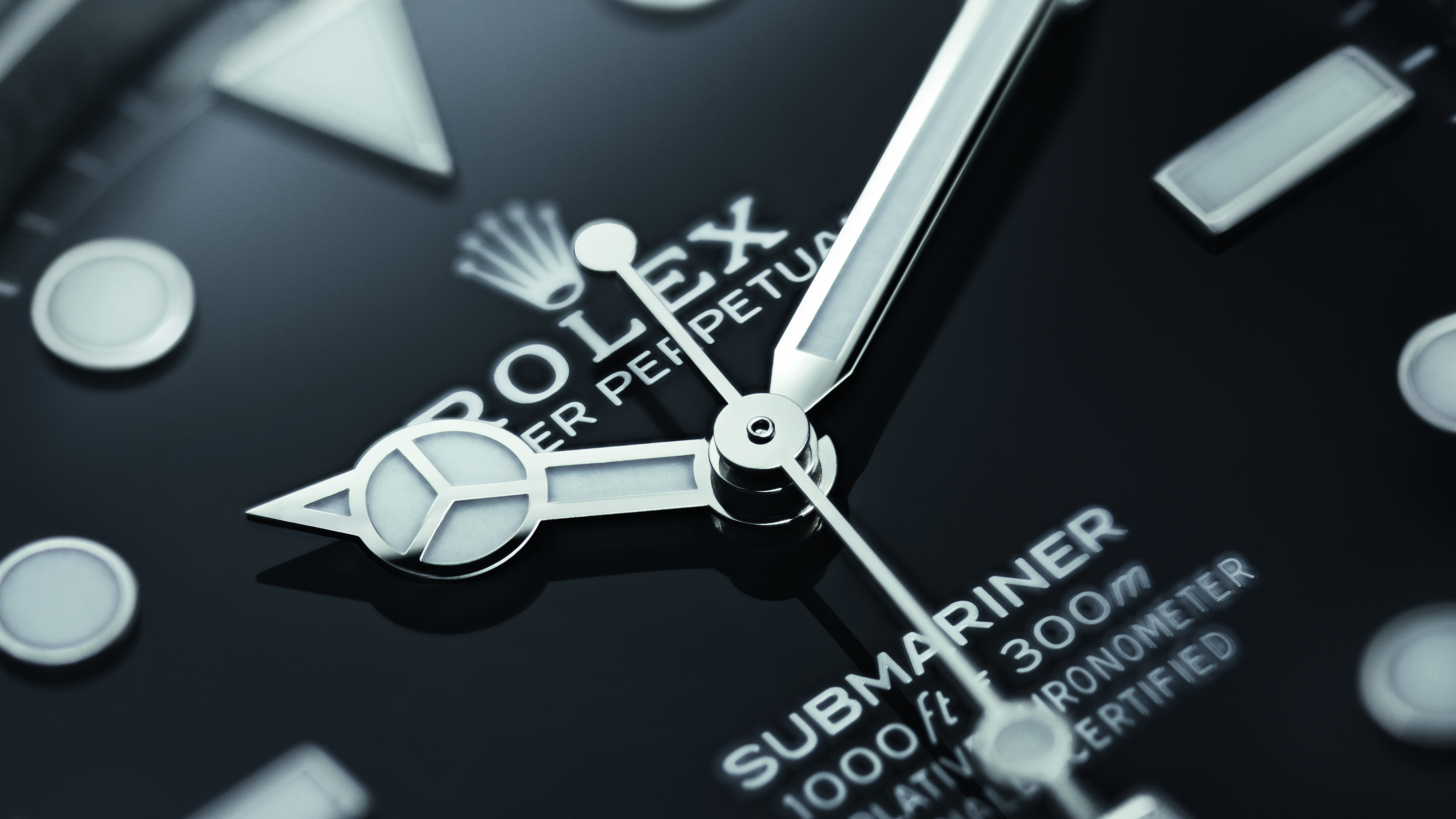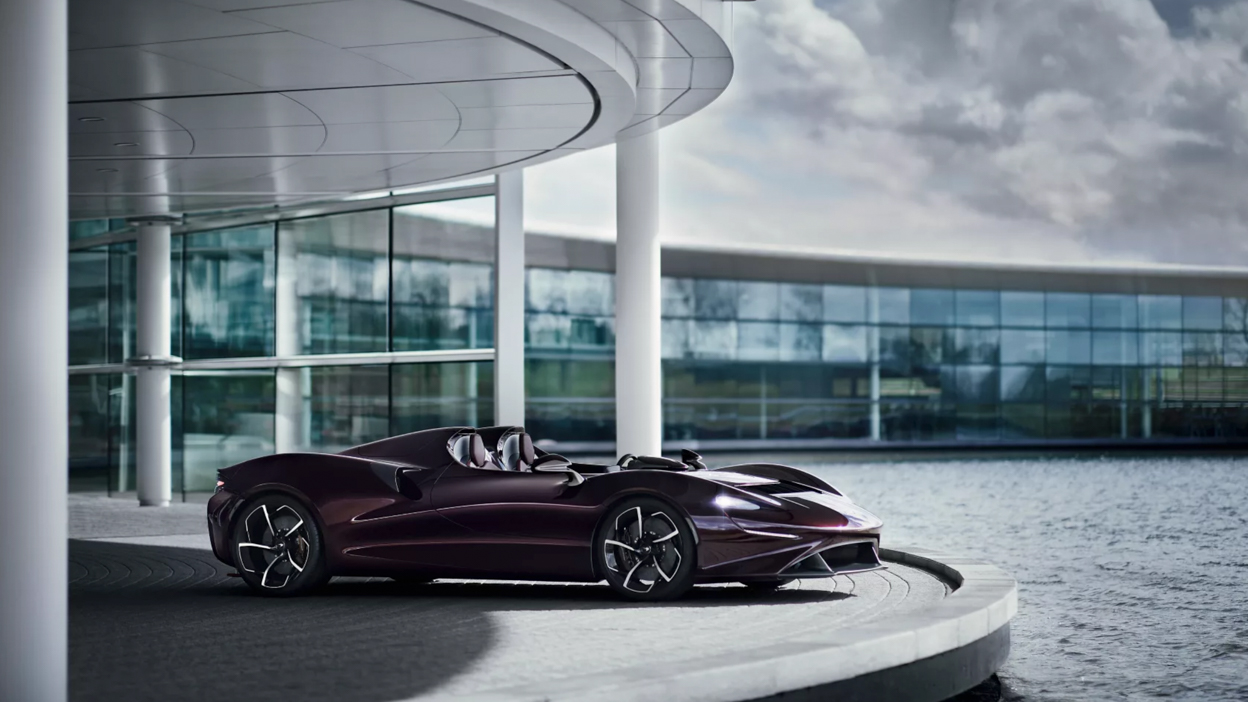

Enzo Ferrari always said how his company produces one fewer example of each car that it can actually sell. As such, you’ll often find the production numbers of limited-run Ferraris ending in a nine. F50 (349), LaFerrari (499), Enzo (originally 399, then one more for Pope John Paul II).
Porsche also enjoys producing limited-run examples, like the 918 Spyder of which there are 918, and the 991-generation 911 R, limited to 991 units. And while watchmakers don’t always publicly assign build numbers to their rare timepieces, Rolex also likes to keep some models more exclusive than others, with the Daytona a prime example.
Think you can walk into your local Rolex dealer and buy a Daytona, having not bought anything from the brand before? Not a chance. Instead, you’ll have had to put in some effort, and handed over serious amounts of cash, to secure a place on the list. We’re talking a couple of DateJusts for you and your partner, a Seamaster for when you’re yachting in the Med, and perhaps a collection of older models too.
Porsche does this as well, and I’ve heard stories where a single customer has spent £500,000 on lesser cars, like Macan SUVs and Cayman sports cars, in order to secure a must-have (but not strictly limited edition) 911 GT3. And they reportedly spent that sum with one dealership. In a single year.
As with a Rolex Daytona, the 911 GT3 and newly-revealed GT3 RS are very difficult to buy new, which of course inflates the second-hand market. A notorious example of this is the aforementioned Porsche 911 R, which landed in 2016 and was priced at about £140,000. Porsche built almost 1,000 examples, but demand from fans not on the list was so great that second-hand prices soared to over £800,000. Six years on, and prices are around half that.
So what does all this say? That there is phenomenal demand for limited-edition luxuries, of course, and that there are far more people who want these cars and watches than the manufacturers are willing to cater for. It makes sense that manufacturers want to create a certain level of hype for their products, and they don’t want to run the risk of producing too many examples, for fear that they won’t sell.

A recent example of this mistake, at least if you read between the lines, is the £1.4m McLaren Elva, pictured above. The supercar maker originally pledged to build 399 examples but this later fell to 249, then to just 149. McLaren at first said customers demanded more exclusivity, then later blamed a production slowdown due to the pandemic. McLaren added that the lower production number will “help to protect the investment of customers in this unique car”.
Get all the latest news, reviews, deals and buying guides on gorgeous tech, home and active products from the T3 experts
It’s an interesting line, suggesting customers are only interested in the car if they can eventually get their money back, or potentially make a profit. Everyone knows this is partly why limited-run cars and watches quickly sell out, but there are still plenty of enthusiasts who use theirs on a very regular basis. For them, they either don’t care about the exclusivity, or enjoy the rarity and want to make use of the item whenever possible.
Finally securing a limited-run item is to achieve a years-long goal. Ferrari, Porsche and McLaren are expected to reveal their latest once-in-a-decade flagships in the next few years, and you can guarantee that customers have been working their way up the invitation lists for a very long time. For them, who are invited to buy new and don't have to splurge millions more on the secondary market, that invitation is the ultimate expression of their relationship with their beloved brand.
There is no doubt that artificial exclusivity increases demand, even far away from the rarified world of unobtainable hypercars. British watchmaker Christopher Ward recently introduced several new colour options of its C63 Sealander, limited to 200 examples each and pictured below. One, called Lucerne Blue but quite clearly a bid to capitalise on a current demand for watches with Tiffany Blue dials, sold out in just a couple of days.
A month later, the other three colours – yellow, green and red – are still available, and while a couple of chancers have tried to sell their Lucerne Blue examples for inflated prices on eBay, a second-hand market hasn’t emerged like some buyers might well have hoped.

Exclusively, and the inherent difficulty to buy it creates, can be a good thing. It produces a lot of cheap publicity for manufacturers’ new products, and even when the launch doesn’t go to plan – see the Swatch x Omega MoonSwatch for details – the desire to buy can endure for months. In the case of the MoonSwatch, it is also entirely likely that patient punters will have bought another Swatch or two, perhaps even an Omega, in the interim.
There is no doubt that exclusivity drives demand, but it can also leave a sour taste in the mouths of those who can afford the product, but miss out due to a lack of prior loyalty to the brand. For those, they can either pay over the odds on the secondary market, or spend time (and money) building up brand loyalty over several years, until they are invited to purchase the most exclusive products.
This may seem unfair, but in a world with more millionaires and billionaires than ever before, luxury brands have to do something to recognise and reward their most loyal customers, not just the most wealthy. I suspect these luxury brands, who in most cases can sell every example of everything they make, would quote The Rolling Stones, and say 'you can’t always get what you want'.
This article is part of The T3 Edit, a collaboration between T3 and Wallpaper* which explores the very best blends of design, craft, and technology. Wallpaper* magazine is the world’s leading authority on contemporary design and The T3 Edit is your essential guide to what’s new and what’s next.
Alistair is a freelance automotive and technology journalist. He has bylines on esteemed sites such as the BBC, Forbes, TechRadar, and of best of all, T3, where he covers topics ranging from classic cars and men's lifestyle, to smart home technology, phones, electric cars, autonomy, Swiss watches, and much more besides. He is an experienced journalist, writing news, features, interviews and product reviews. If that didn't make him busy enough, he is also the co-host of the AutoChat podcast.

